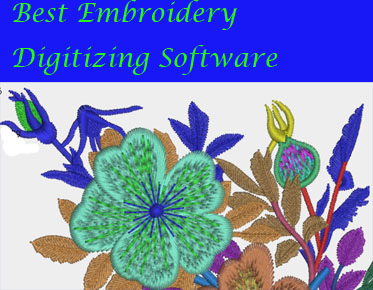Illustrator for Laser Cutting: Convert Raster To Vector
When sending a file to be laser cut, we need a vector artwork format. Learn how to convert from your raster file to a vector file in Adobe Illustrator by following along with this tutorial.
Grating
and vector
Before we delve into the conversion process, it is important to understand the difference between raster and vector images.
Raster images consist of the pixels or tiny dots of color that create the image. Each image can have a fixed number of pixels, which determines the resolution. Enlarging a raster image will cause the pixels to become "blurry," which is often called "pixelation." Any JPG or PNG image in the camera is considered a raster image
In contrast, vector graphics (also known as scalable vector graphics, or SVG for short) are graphics that consist of anchor points connected by lines and curves. You can think of vectors as those "join point" diagrams you might have made as a child. Vector graphics are not pixel-based, which allows them to expand indefinitely without compromising quality.
We require all uploads to be in vector format, which allows the laser cutter to follow a clean and precise path, providing you with high-precision parts. We want to make the process of ordering parts online as easy as possible, so we'll teach you how to convert raster to vector files in Adobe Illustrator for laser cutting
To convert the raster to a vector file, we first need to place or open the raster file in Adobe Illustrator. Follow this tutorial with confidence in all the steps.
5
steps for converting Raster to vector in Illustrator
1.
Open your raster file in Illustrator
Without the design file open, we can go to the file drop-down list. Open it up. Select file > Open it.
If you already have your artboard ready, simply head to the file drop-down menu. Put in > Select file > We then click to place the raster image at a location on the art board.
Remember how raster images are made up of pixels? Now is a good time to try to zoom in as much as possible on the side. Notice how quickly the edges of the image are pixelated. That's what we're trying to avoid.
2.
Use image tracking tools
After selecting the image, activate the "Image Tracking" option. This will trace the outline of the raster image and recreate the geometry using vector points and paths. Go to the object drop-down list. Image tracking > Then choose to make.
If you zoom in now, you will see that the image no longer loses quality because it is now a vector graphic.
In the Image Trace pane, you will find some other presets that you can use depending on the type of raster image you want to convert. In general, image tracking works best when the image has only a few colors, with the best results coming from Outlines and images with only one color.
Depending on your file, it may take some experimentation to see the results of each preset.
For now, leave this setting as the default.
Next, we want to select Expand in the Image Trace pane. This option can also be done at the same time as Image Tracking in the Image Tracking surfacing controls folder. By expanding objects in Illustrator, you can divide a single object into multiple objects that make up its appearance. This step is critical to achieving clean vector graphics.
If you now switch to Select Tools Directly in the Tools panel, or use the keyboard shortcut letter "A," you will see the anchor points that make up the graph.
3.
Delete the internal geometry and negative space
After expanding, you need to remove any internal geometry or negative space. This can be done manually by clearing the selection and then selecting the negative space area. Notice how the inner circle is selected. Then we can click to delete the key on the keyboard.
We can remove all negative Spaces at once by first selecting one using the Direct selection tool and then selecting. Same fill color > . This will select all of our negative Spaces because they share the same white fill color, then just click Delete the key on the keyboard.
4.
View the image in Outline mode
Throughout the process, be sure to view your design in outline mode. In Contour mode, you should only see the outline that the laser cutter is cutting. This will help you capture any unwanted geometries that should be removed.
Can be used for laser cutting machine. However, more complex raster images do not always provide simple results.
Try switching to a more complex grid and image tracing it to see different results.
You will find that the results of this image trace include a large number of anchor points. This can be a problem for laser cutting, especially when many anchor points are close together. In fact, our automated system will reject files with too many anchors.
5.
Simplify vector paths
We can simplify vectors by first selecting objects and then selecting the "Objects" menu. Scroll down to the path > Simplify. Make sure Live Preview is selected. By reducing the accuracy of the curve slightly, you'll notice that you're missing a lot of these points.
You can also optimize other Settings to reduce the number of points that make up the design. Please note that missing points may affect the size or shape of the design. Keep an eye on your design preview as you continue to tweak your Settings.
Finally,
before saving your document units as Adobe Illustrator files, make sure that
your scale is correct and that your document units are set to inches or millimeters.
Keep in mind that your design is now a vector graph and can be scaled without
losing mass.



